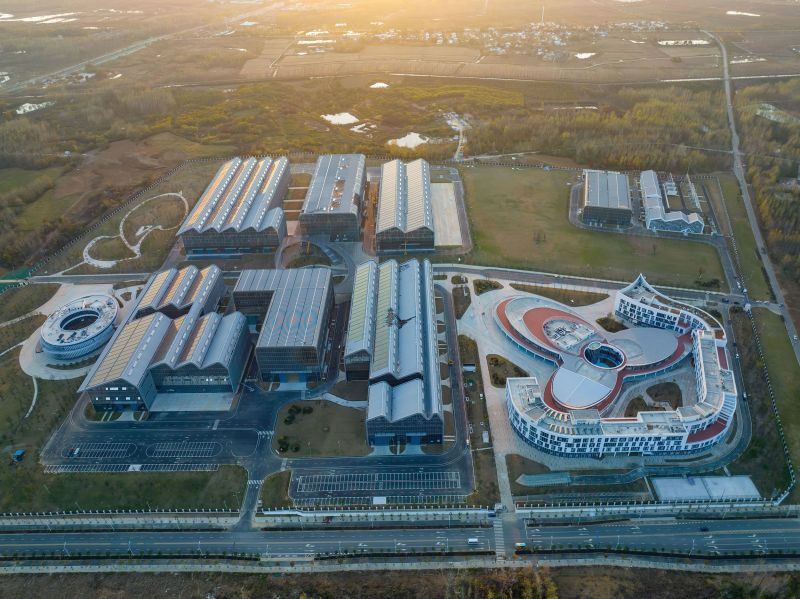An aerial view of the Comprehensive Research Facility for Fusion Technology (CRAFT) under construction in Hefei, eastern China, as of November 2021. The facility is expected to be completed by 2025. / Chinese Academy of Sciences
Shanghai, known for its dazzling light displays and technological innovation, is emerging as a hub for nuclear fusion research. Among its standout efforts is Energy Singularity, a startup racing to achieve what scientists worldwide have yet to master: a sustained nuclear fusion reaction that could revolutionize global energy.
The stakes are enormous. Fusion, the process powering the sun, generates millions of times more energy than fossil fuels and significantly more than today’s nuclear fission, all without long-lived radioactive waste. Success would bring immense economic and geopolitical rewards.
For decades, the U.S. led fusion research, but China is closing the gap fast. Beijing is pouring $1 billion to $1.5 billion annually into fusion, surpassing the Biden administration’s $800 million. “It’s not just the funding—it’s the speed of progress,” noted Jean Paul Allain, head of the U.S. Energy Department’s Office of Fusion Energy Sciences.

HH70 tokamak team of Energy Singularity, the first tokamak in the world to achieve a plasma with HTS coils and one of a handful of tokamaks in the world with superconducting coils. / China Daily
Energy Singularity exemplifies China’s rapid rise. The company built a tokamak—a device critical for fusion—in just three years, faster than any comparable reactor. It also became the first globally to use advanced high-temperature superconducting magnets in plasma experiments, enabling smaller, more efficient reactors. Energy Singularity aims to demonstrate commercial viability by 2027 and connect fusion power to the grid by 2035.
Meanwhile, aging U.S. facilities, like the 30-year-old DIII-D tokamak, lag behind. New Chinese projects, such as the $570 million CRAFT research park opening in 2025, highlight the growing disparity. Concerns have also emerged over China allegedly replicating U.S. designs, a pattern seen in industries like solar panels.
Still, U.S. private investment dominates globally, accounting for 80% of the $7 billion spent on fusion by the private sector in recent years. Yet, if China’s momentum continues, it could surpass the U.S. as the leader in one of the most transformative energy technologies of the 21st century.

